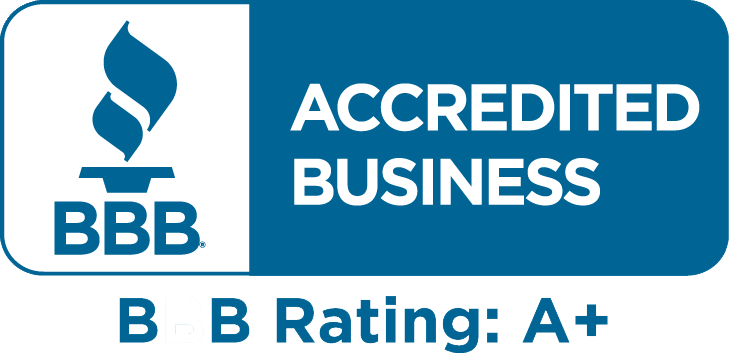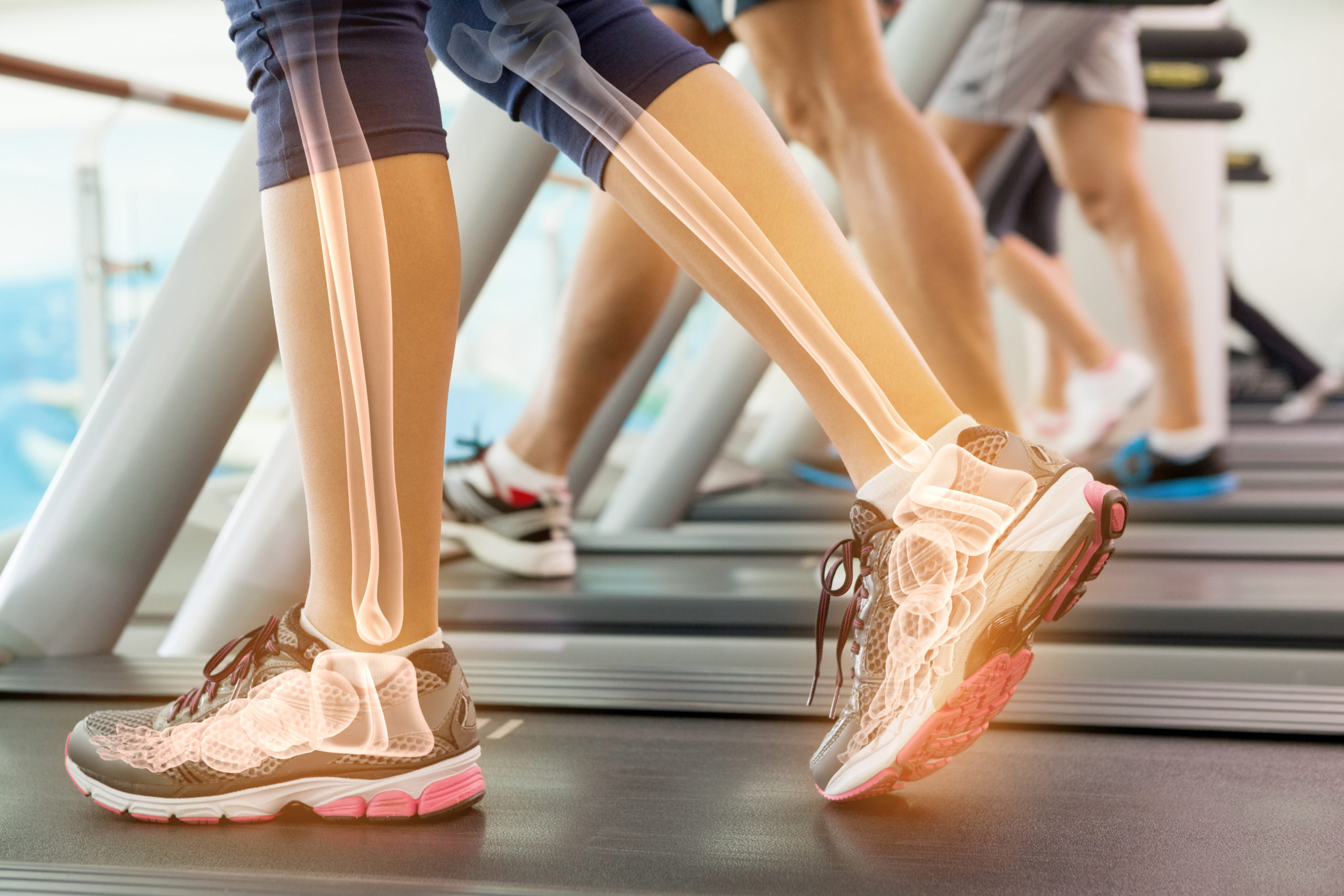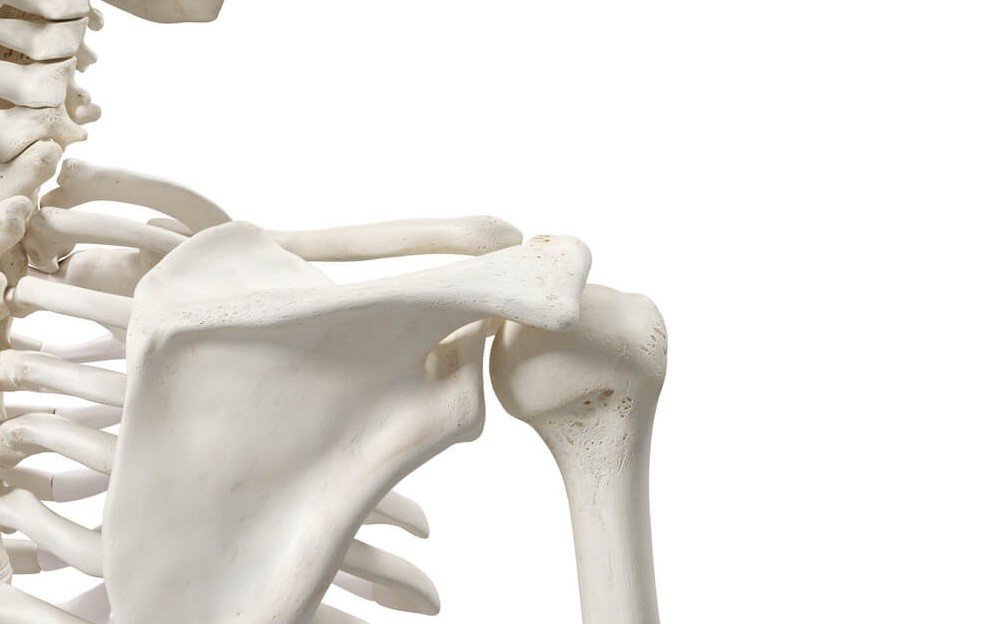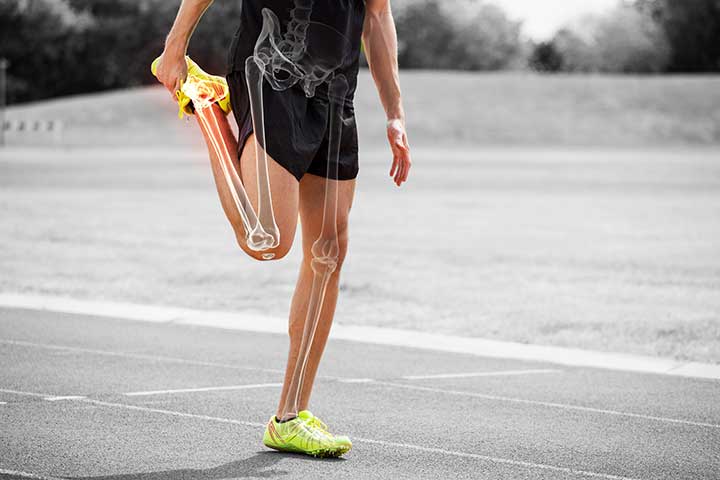May is Osteoporosis Awareness Month: Learn How to Support Your Bone Health
May is Osteoporosis Awareness Month. Strong bones are the foundation of a long, active life, yet bone health issues often go undetected until a fall occurs resulting in a fracture. As we age, fractures can have a big impact on one’s quality of life and independence by limiting mobility and leading to other health problems — which is why it’s important to strive for optimal bone health before bones start to thin.
It doesn’t matter what stage of life you’re in, there are a number of things you can do to improve your bone health in order to avoid bone fractures. It may require adding a few supplements, tweaking your diet, and adding bone strengthening and balance exercises. But it’s important to start today because after age 50, bone breakdown outpaces bone formation and bone loss accelerates, especially in women who experience the decline of bone boosting levels of estrogen during menopause.1
Men are also at risk. If there’s a family history of osteoporosis-related fractures the odds increase for both men and women.1
So this month prioritize learning how to support your skeleton. Don’t wait until you hear the words, “You’ve got osteoporosis.” Start today.
Healthy Bones for Life
As a child you were probably told to drink your milk so you could grow strong, healthy bones. Whether you liked milk or not, drank it or not, milk isn’t necessarily the end all and be all of healthy bones. There are other ways to get your daily requirement of calcium.
Women aged 19-50 require 1000 mg of calcium/day
Women over 51 years of age require 1200 mg. /day.
28 Foods High in Calcium That Don’t Come From a Cow
Tbs=Tablespoon, tsp=teaspoon
- Almonds—1 ounce (23 nuts) has 75 mg.
- Basil (dried)—2 tsp has 63 mg.
- Beans (pinto or chick peas)—1/2 cup has 40 mg.
- Brazil Nuts—2 ounces (12 nuts) have 90 mg.
- Broccoli—1 cup has 74 mg.
- Brussels sprouts—1 cup has 56 mg.
- Blackstrap molasses—1 Tbs has about 137 mg.
- Chia seeds —
- Celery— 1 cup of raw celery has 48 mg.
- Cabbage—1 cup has 46 mg.
- Cinnamon—2 tsp, ground, have 55 mg.
- Figs (2) dried —65 mg.
- Flax Seeds—2 Tbs of flax seeds have 52 mg.
- Green beans—1 cup has 57 mg.
- Kale—1 cup has 94 mg.
- Oranges—1 medium orange has 52 mg.
- Orange juice fortified—300 mg.
- Papaya—1medium papaya has 73 mg.
- Rice milk, enriched—1 cup has 300 mg.
- Romaine lettuce—2 cups have 40 mg.
- Salmon, canned with bones—3 ounces have 180 mg.
- Sardines – canned with bones—3 ounces have 325 mg.
- Soy milk, enriched—1 cup 368 mg.
- Spinach – 1 cup has 244 mg. calcium
- Sweet potato—1 cup has 70 mg.
- Tahini (sesame butter)–2 Tbs have 126 mg.
- Tofu—1/2 cup has 253 mg.
- Swiss Chard—1 cup has 102 mg.
Supplements and Nutrients for Bone Health
1. Calcium is the most abundant mineral in the body and is the major component in the human (and animal) skeleton. How much do you need? Women 50 and younger, and men 70 and younger need 1,000 mg a day. Women 51 and older, and men 71 and older need 1,200 mg a day. The best way to absorb calcium —from food and supplements — is to get 500-600 mg or less. For instance, if you take a calcium supplement, divide the dosage in half. Take half in the morning and half at night. But if you have trouble remembering to take the second half, taking it all at once is better than not taking it at all. Most calcium supplements should be taken with food. 2
2. Vitamin D is essential for calcium absorption and bone mineralization and is positively associated with bone mineral density.3 How much do you need? Women and men under age 50 need 400-800 international units (IU) daily. Age 50 and older need 800-1,000 IU daily. It’s possible to get adequate vitamin D by spending time outdoors since the skin absorbs UVB radiation and converts it to vitamin D. However, if you live at a latitude above the 37th parallel (in Denver, St. Louis, Chicago and New York, etc.) you probably need to supplement or make an extra effort to eat foods high in vitamin D, such as salmon, tuna, sardines, egg yolk, some mushrooms, and fortified cereals, orange juice and milk products. A study published in the October 2009 issue of the British Medical Journal said that a daily supplement of vitamin D at a dose of 700-1000 IU reduces the risk of falling among older people by 19%. But a dose of less than 700 IU per day has no effect.4 A Vitamin D3 supplement (rather than Vitamin D) supplement is the preferred form to take since it is the form naturally produced in the body and found in most foods that naturally contain the vitamin. 5,6
3. Potassium improves calcium absorption. Adults need 4,700 mg each day and most don’t get enough. It’s found in bananas, potatoes with the skin on, prunes, orange juice, tomato juice, raisins, acorn squash, lima beans and spinach.1
4. Most people don’t associate protein with bone health, but bone is actually interlocked protein strands with minerals and calcium attached.1 It’s important, especially for vegetarians and vegans, to make sure you’re getting adequate protein every day.
Supporting Bone Health with Exercise
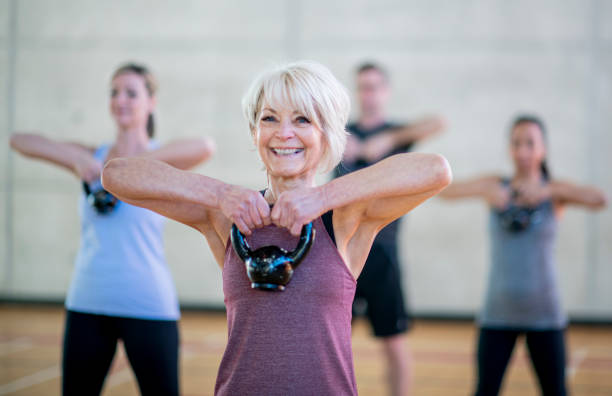
Exercise is crucial to bone health and for strengthening muscles and improving flexibility and balance. Just walking 20 minutes several times a week is a great way to start. Keep in mind that weight baring exercise is the best for strengthening your bones. Dance, play pickle ball, walk with a neighbor, practice yoga, lift hand weights, do a circuit or step class, and make sure you have the proper shoes to support your feet and ankles. Check with your health care provider before you engage in a new exercise program.
Reduce the Risk of Falls
Older folks especially are at risk of falling and breaking a bone. Some things you can do to reduce risk for yourself and/or a loved one is to have adequate lighting throughout the house, remove loose area rugs, declutter and remove excess furniture, be wary of medications that induce dizziness, sleepiness, and unsteadiness, and get regular vision and hearing check-ups. Tripping over a pet or being pulled by a dog on a leash is a common way of falling and breaking a bone as well. Being mindful of these potential hazards can help to minimize your risk of tripping or falling!
Risk Factors for Osteoporosis
- Insufficient intake of calcium, vitamin D, potassium or protein
- Sedentary lifestyle
- Smoking
- Over-consumption of alcohol, caffeine, sodas, and foods high in sodium and sugar
- Long-term use of certain medications
- Low-levels of estrogen for women or testosterone for men
- Low body weight
- Light skin and eyes and family history (which we have no control over)
What’s Your Bone Density?
If you want to know how your bone density measures up, ask your doctor to order a bone densitometry test (DXA or DEXA scan). Your bone density is then compared to the average bone mass density (BMD) of an adult of your sex and race at the age of peak bone mass (approximately age 25 to 30). It will give you a clear picture of how you’re doing, and what you might need to do in order to support your bone health with the suggestions in this newsletter.
Bone up and be well.

